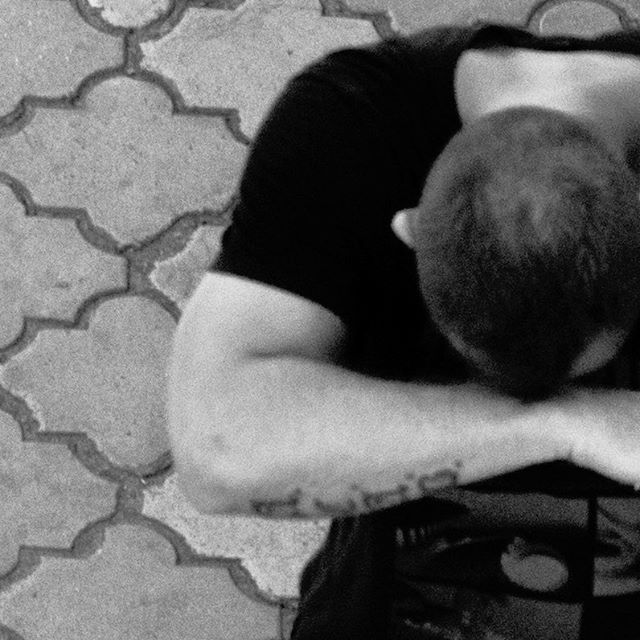I’ve been watching the football in the hip bars and steakhouses of Mariupol. Microbreweries, craft hamburgers, bearded and coifed patrons, tattoos of flowers, Chinese characters, other markers of global fashion. Some of the cafes are run by people who fled Donetsk. Some of them receive international development funds. Many have families across Europe and North America; they are all on social networks, of course.
When we think about war, we often imagine it as remote and unreachable, but it is woven into the fabric of our global lives. The trope of the faraway war leads us to misunderstand modern conflict; distance is strategic, not romantic. We create physical distance to the front by the suspension of flights, by the checkpoints that slow passage into the border zone. We create social distance by the language we use to describe war, by the legal regimes we impose on the people caught in it, by the conditions we place on reporting and the depiction of violence, by our own need for psychological distance from violence. In other words, the romance of distance is itself a strategy that allows us to not implicate ourselves in war.
Mariupol, with a population of half a million, has factories that pump out steel for the global market, financed internationally since their inception in the late 19th century. The city is still more production than consumption, and the steel workers bring their own fashions: the safety clothing of factory workers everywhere, gardening shirtless in small dachas, old army pants, colorful prints, canvas shoes and tattoos from military service, shoulders adorned with lions, bears and other predators.
The militias are the third presence here, less seen than felt. Men buff, groomed, also often bearded, and jackbooted. Their tattoos are obscure, engorged with action, and narrating the lives of their possessors. It is difficult to see these men. They operate in the periphery of our vision, for a direct gaze might make us their accomplices.
/// #image_by_image is an ongoing conversation between photographers Ivan Sigal and Anton Kusters. @ivansigal @antonkusters on Instagram ///
